What you need to know about armeria: planting and caring for a flower
Before you learn how armeria is grown, planted and caring for it, get to know this plant better.
The flower bearing the name "armeria" has won the hearts of many fans of ornamental plants. There are versions that its melodic name is related to the sea. Translated from some of the most ancient languages, it means "located near the sea."
Another option for decoding the name is the designation of one of the varieties of carnation in French. Indeed, these flowers often grow near sea rocks, there is even such a separate variety of armeria - Primorskaya. The striking similarity of the inflorescences of this plant with a carnation is also striking.
Characteristics
It is difficult to say where this plant comes from: representatives of its species can be found in different parts of the world. This is the harsh cold Siberia, and sultry Africa, and the tropical forests of America, and the steppes of Mongolia.
Armeria is a perennial herbaceous culture that grows forming lush bushes of greenery, seasoned with delicate bright flowers. These flowers are located at the top of a dense elongated stem, they look like neat miniature bouquets collected from tiny buds.
Armeria is painted mainly in pink shades, but there is also white, purple, red, lilac. Narrow and long leaves with sharp tips grow directly from the ground without attaching to the stem. In height, the stem usually grows up to 30 cm. The highest variety, Velvich's armeria, reaches half a meter in height. Flowering continues from mid-summer to early autumn.
All about planting an armeria
If you want to plant an armeria in your country house, pay attention to the following important points:
- Choosing the right variety.
- Search for a site for placing flowers.
- Correct time to plant.
- Soil preparation.
- Landing rules.
Let's dwell on each of the points in more detail.
Variety selection
Alpine army. This variety is found naturally among the meadow vegetation of European countries. It reaches 30 cm, the diameter of the inflorescence is about 3 cm. Color: red, pink, white.
Wonderful armeria. The flower has a diameter of 5 cm, the flowering period lasts almost six months. The leaves remain green even in winter. Varietal colors: white, bright red or light pink. The stem is dense, directed upwards.
Ordinary, garden. High grade, grows up to 60 cm. Leaves 1 cm wide, more than 10 cm long. Flowers are painted in pink shades.
Velvich - This is a large individual, with leaves 10 cm long, almost 5 cm wide. Plant height up to 35 cm. The size of the flower bowl is small (up to 2 cm). This variety blooms for a long time and abundantly with pink colors. The soil for it should be selected with calcium content.
The seaside armies are not high, grow near the sea, on stones. Purple flowers cover the plant in May and for more than two months delight you with their fragile appearance. Re-flowering in autumn may occur. There are pink and red bud colors, as well as with different shades.
Pseudo-army, otherwise beautiful. Tall specimen (about 40 cm), with evergreen leaves and white, red or pink flowers. Blooms in early summer and continues to bloom until autumn.
What should be the area for flowers
This can be a place near a body of water, however, without excess moisture in the ground. Areas of land well lit by the sun are recommended, but direct rays should be avoided. There should be no shadow, it will interfere with flowering.The plant will feel good on a hillside, located on the east side or in the southern part.
When is it better to plant
It is advisable to plant an armeria in the last days of February or the first days of March. First, it is grown in a greenhouse. Then the resulting seedlings are transplanted into open ground. At the same time, you need to make sure that the sprouts and leaves on them have already grown stronger and gained strength. This happens with the retreat of the danger of frost and the arrival of stable warm temperatures.
Preparing the soil
When preparing to plant an armory, loosen the soil twice. Sod soil and river sand are perfect, plus a purchased composition for a greenhouse. You can use organics to improve the quality of the land. After fertilization, at least two weeks should pass. The soil must be taken sour. Eliminate the presence of lime. You can acidify the soil with ammonium nitrate, as well as any of the acids, for example: nitric, sulfuric, otophosphoric, acetic.
Advice! Dense, heavy soil can be made more airy by using hay, wood chips, rotted needles as drainage. It will also fertilize the soil.
How to land an Armeria
Armeria can be grown as a single composition or planted in continuous rows. In the first case, individuals are planted at intervals of 30 or 40 cm from each other and other flowers in the neighborhood. A recess is prepared, a flower is placed there, while the leaves should be above the ground. Then the seedling is buried, the soil is compacted and watered.
If you are planning to create a continuous row of armeria flowers, you need to plant it in 15 cm increments. In this case, the seedlings are not placed in the pits. A shallow long ditch is dug and young seedlings are immersed there. In the first month, the plant needs frequent and constant watering. But you should never forget about the dangers of excess moisture.
Correct care
Armeria is not one of the capricious and demanding cultures. But still, she needs minimal care, like any ornamental plant. How to care?
- The flower is not afraid of heat and drought, but it must be watered, because it loves water. The main thing is that watering is dosed. Everything should be done in moderation.
- To make the plant feel safe, develop well and please with beautiful flowering, feed it. When? The first time when growing seedlings, the second time when the buds appear, the third time at the end of the flowering phase. You can add organic matter or mineral complexes. Feed the poor, heavy soil additionally.
- During flowering, remove dying buds so that new ones can grow in their place later. When the armeria has faded, cut off the empty peduncles so that the plant does not waste its energy on them.
- Armeria should be periodically loosened to improve air circulation in the roots.
The plant tolerates winter calmly, remaining in the ground. If the winter is without snow, and the frosts are strong, cover the flowers with leaves, spruce trees, dry peat or foil. Especially such measures are necessary for the Soddy Armeria.
Even in winter cold, the flower does not lose its green leaf color and continues to decorate your site.
Advice! If you need seeds, you can get them like this. Fading inflorescences are wrapped with a cloth so that ripening seeds are not sprinkled on the ground. When the bud dries up, it must be removed along with the cloth, and the sowing material shaken off on a saucer or sheet of paper.
What is the danger
Aphids can threaten the plant, so that this does not happen, take preventive measures. Early in the spring, treat your army with "Intavir" or "Kinmiks", "Karbofos".
Sometimes spots may appear on the leaves, the flower withers and stops blooming. In this case, you can apply a fungicide for spraying.
When the plant is in a state of winter dormancy, it is prone to rot due to waterlogging or low acidity of the soil. By eliminating these reasons, you will preserve the health of your army until spring.
If there is no armeria in your collection of flowers yet, and you decided to breed it at home, then it's time to familiarize yourself with the rules for the reproduction of this flower.
All about breeding armeria
You can propagate this flower in different ways:
- With the help of seeds.
- Rooting cuttings.
- Bush division.
First way:
Advice! It is not necessary to collect seeds for breeding armeria on the site if it already grows there. This flower is able to reproduce well with its own seeds, without outside help.
You can sow directly into the ground or in a greenhouse for seedlings. They are planted in the ground either in early spring or in autumn, closer to winter. In order for the seeds to germinate well, they are first soaked in warm water for eight hours.
To obtain seedlings, seeds are sown in pots, they are placed in a warm place with sufficient lighting. This is followed by a pick into the greenhouse or directly into the open ground under the film. This is done in late winter or early spring. It is necessary to plant the seeds shallowly, keeping a small distance, sprinkle with a thin layer of earth and water. Such seedlings will be able to bloom by the second year of life.
Second way:
Armeria can be propagated by cuttings all summer. To do this, cut off a small outlet from the mother specimen and plant it directly into the ground. Having made a small depression in the ground, they place the cutting there, fall asleep, tamp the soil and water the planting. Deep seating is not recommended. The interval between the cuttings is kept about 30 cm.
Third way:
Divide the bushes of a plant that is three years old. The procedure is carried out immediately after winter or with the arrival of autumn after the end of the flowering stage. The dug out bushes are divided into parts, the sections are treated with activated carbon. Landing in the open field is done in 15 or 20 cm increments.
The harsh beauty of rock plants conquers. Armeria will certainly take its rightful place in your garden. You can use it to revive stone slides, decorate a rabatka, path or alley. It is often used in combination with creeping plants.
If you love mountain landscapes or sea cliffs, then this romantic flower is for you. The diversity and severity of inflorescences, luscious green leaves - all this can give a refined charm to your decorative garden.
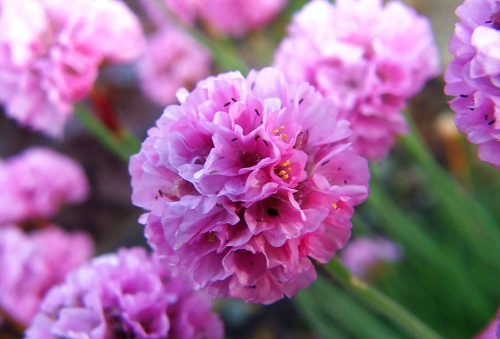
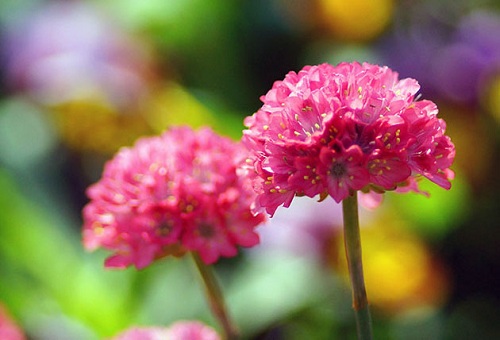

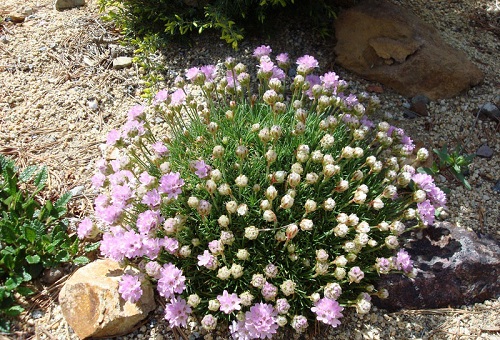

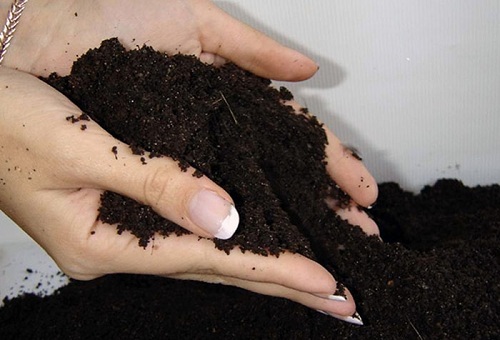
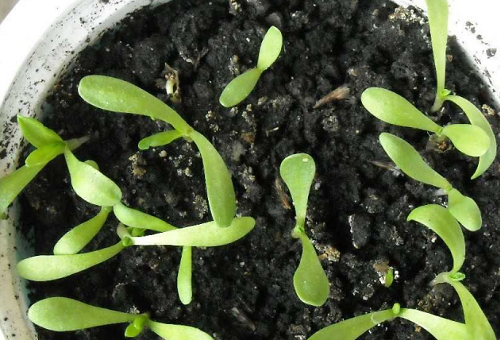
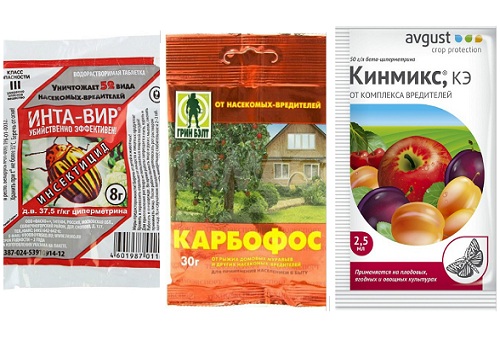
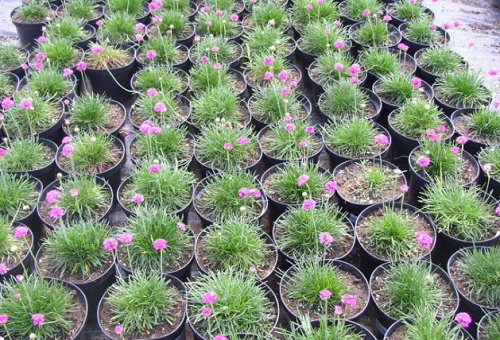
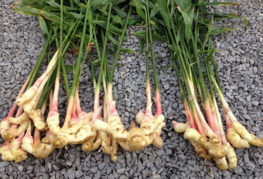

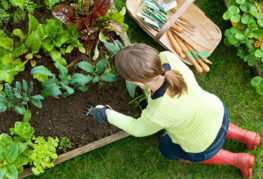
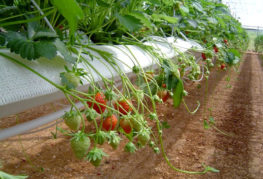
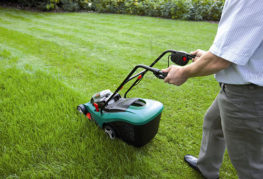
and will be published shortly.